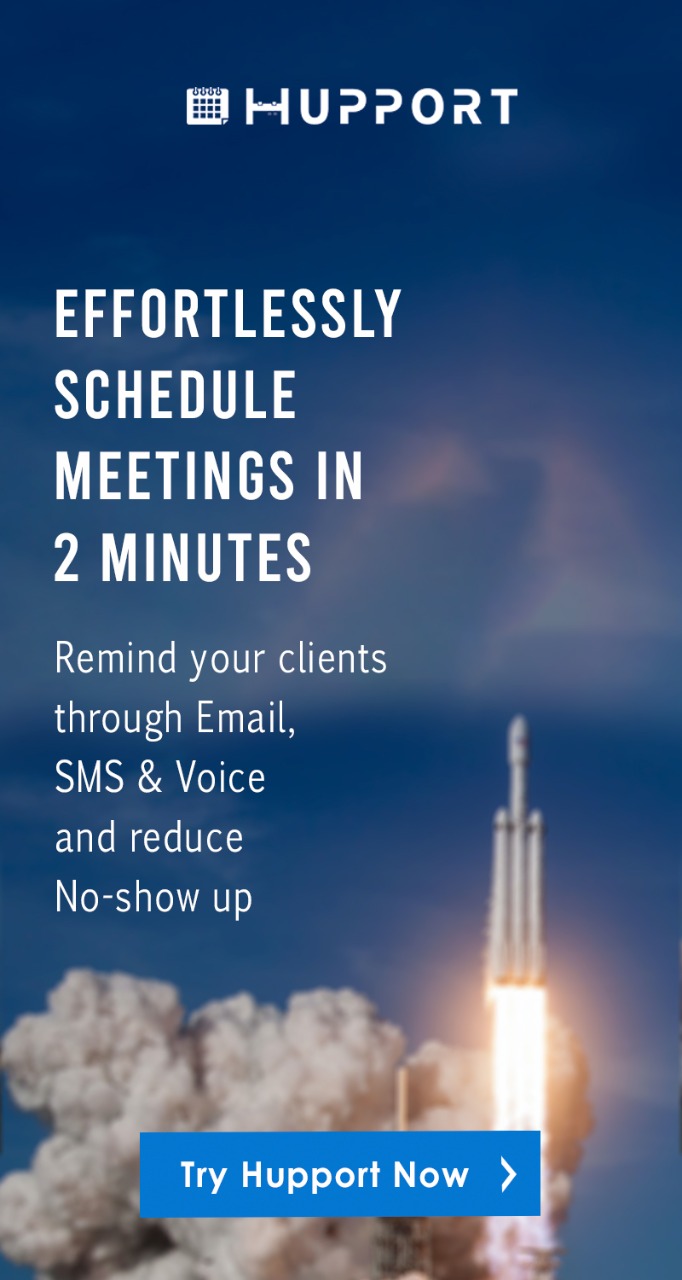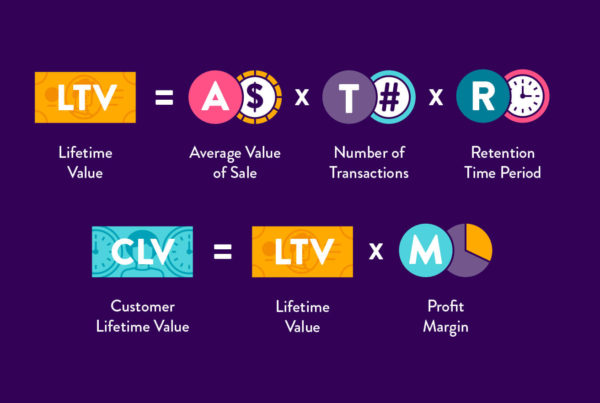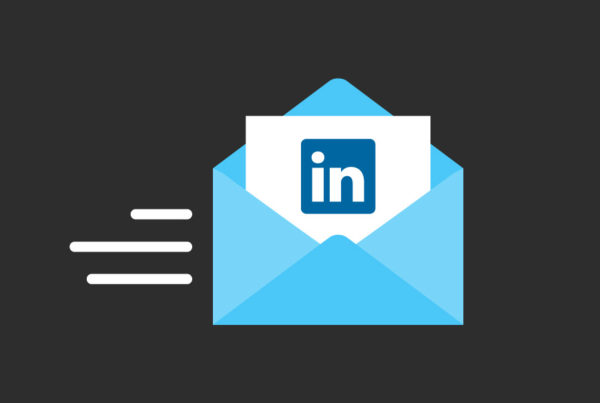Sales funnel exist in all purchase process. Starting with your website visitors down to the purchase of your product or service.
Just like the shape of a funnel, a sales funnel has a lot of visitors at the top but few of those visitors make it to the bottom of the funnel.
Definition of Sales Funnel
Sales funnel can also be referred to as the sales process. It is the purchase process a customer goes through when purchasing a product.
The process right from when a customer checks out a product on your website through to when the customer finally buys the product is referred to as a sales funnel.
Many people will check out your products but not all will buy the products.
A lot of visitors may visit your website to check on your products but only a few of them will finally make a purchase.
Not everybody that browse through your website will make a purchase. The process to make a purchase decision takes time.
Some people do not know about you, hence they need time to think about your products or services.
A sales funnel has different stages that a customer will go through before successfully making a purchase.
For a visitor of your website to be converted to a customer takes some steps and processes.
These processes are called the sales funnel process.
Sales Funnel Process
Sales funnel process is the processes or stages a customer go through before successfully making a purchase.
These four stages include Awareness, Interest, Decision, and Action.
We are going to discuss in details each of these stages.
Awareness Stage
The awareness stage is the first process of a sales funnel.
This is the stage where a visitor goes through your website to search through your products.
The visitor at this stage is referred to as a prospect.
The prospect might be aware of your products through Google search, referrals, tweet, posts made on Facebook or Instagram, and so on.
At this stage, the prospect does not know much about your product, he or she is still very skeptical about what you are offering.
Your goal as a marketer or a salesperson is to take the prospect through the stage of awareness to the action stage which is making a purchase.
First, the prospect needs to be aware of what you are selling, once the prospect is aware then you can help the prospect build an interest in the product.
At this stage, the prospect needs to know the value of your product. He/she needs to know how your product will benefit him/her.
You need to convince the prospect of the value of your product so that the prospect will be interested in buying it.
Your prospect is not going to make any purchase if he/she does not see the value of your product.
You should be able to entice the prospect into seeing the value of your product and having an interest.
Interest Stage
The interest stage is the stage when the prospect has developed a form of interest in your product.
At this stage, the prospect is now converted into a lead.
Now you have added confidence that the prospect will make a purchase.
This is the stage to further market your product by other means possible.
Now, you can market your product outside your website because you now have your prospect email address and possibly his/her phone number.
You can send emails to your lead, call or message your lead.
Increase his/her interest by providing added information about your product and any special offers you might have.
You should also know that at this stage, your lead is probably doing research and comparison of other similar products and thinking of other better available options.
This is why you need to keep in touch with your lead and do everything possible to convince him/her to make a purchase decision.
Every content and information you have on your product that will help your lead to understand better the value of your product should be given out to your lead.
Offer the necessary help but do not be too pushy as you might chase your lead away if you are too pushy.
The goal here is to increase the interest of your lead and help him/her make a purchase decision.
Decision Stage
The decision stage is the stage when the lead has made a decision to make a purchase.
The decision has been made but the action has not been implemented, hence you still have some work to do.
Your lead might also be considering other options along with you.
This is where you need to provide your best offer because other competitors might have offers that are better than yours.
Your offer needs to be able to lure your lead into making a purchase.
Offers may be discount a code, offering free shipping, a bonus product, and so on.
Whatever offer you have that will appeal to your lead into making a purchase should be presented.
Any other added advantage of your product should be leveraged on to better make your product irresistible.
If your product comes with a warranty, a trademark, social proof, and so on, all these should be made known to your lead, as these will further move your lead into action.
Action Stage
The action stage is the final stage where the lead finally makes a purchase.
At this point, the lead is converted into a customer as a result of making a purchase.
The customer is now part of your business due to the purchase he or she has made.
The customer has made a purchase and you are happy about it but there is still some more work to do.
You need to be able to retain the customer so that he/she will come back again to make more purchase.
At this stage, express gratitude to the customer for his/her patronage and then ask for feedback or reviews.
Constantly reach out to the customer with important information and express support for any inquiries.
If you have new products which you think the customer will be interested in, let the customer be aware of it.
A customer making a purchase is good but the ability to retain your customers is what will grow your business.
How to Build a Sales Funnel
To build a sales funnel, there are some steps that should be followed. We are going to take a look at those steps;
Step 1: Analyze your Audience’s Behavior
The first step in building a sales funnel is to analyze your audience behavior.
The more you know about your audience behavior and activities, the more effective your sales funnel will be.
The success of your marketing campaign is the ability to find the people who are of a good fit to what you are selling.
The people who need and want your products.
The engagement of people with your website and their online behavior will show you if they are a good fit for your product or services.
This is why you need to monitor your website and measure the activities of your visitors to know them better.
From the moment they click through your website, the pages they open, the links they click on, the forms they fill, and so on, all these activities will help you to better measure their behavior.
Step 2: Capture your Audience’s Attention
Your sales funnel works only if you can bring people into it.
The number of people that enters into your sales funnel will determine the number of people that will make purchases.
To capture your audience’s attention, you need to provide interesting and useful contents that will be of interest to your audience.
This means you need to take advantage of your different platforms such as your social media platforms, websites, blogs, and other available platforms to provide useful contents to your audience.
Your contents can be videos, articles, ads, blog posts, and so on.
Contents that you know will draw the attention of your audience should be made available to them.
Step 3: Build a Landing Page
The need for providing contents to your audience is to direct them to a landing page.
When they click on your ads and other contents, it should take them to a landing page where you provide more offers to them.
This is why you need to build a landing page where you can capture their attention more.
Building a landing page will help you convert prospects into leads.
This where you capture and nurture them so they don’t go away.
A landing page should prompt your leads into the next action to take.
Step 4: Create an Email Drip Campaign
Create an email drip campaign to further market your product in a more personal way.
Send useful contents to your leads through emails so you can further educate them on your products or services.
Build confidence in the minds of your leads so you can further steer them into making a purchase decision.
This is where you need to convince them to make a purchase by showing them the value and benefits of your product.
Further, make an irresistible offer that will inspire your lead into taking action at the end of your campaign.
Step 5: Always keep in touch with your customers
After a customer has finally made a purchase, do not just forget about the customer.
You should be able to retain the customer by keeping in touch with him or her.
Thank them for their purchases and provide them with useful contents about new products.
Involve them in your business platforms and ask them for feedback.
Measuring your Sales Funnel
You need to measure your sales funnel to know how well you are converting your prospects.
The way to measure your sales funnel is to track your conversion rates.
You need to know how many people converted from prospects to leads by tracking the number of sign up’s and form fills.
How many people signed up and gave you their contact information?
How many people were converted from leads into customers?
The numbers of purchases you were able to secure?
How many of your existing customers came back to make more purchases?
When you keep a record of all these information, you will be able to measure your sales funnel and know how well your sales funnel is doing.
Example of a Sales Funnel
A sales funnel starts from your e-commerce website to when a person makes a purchase.
Here is an example of a sales funnel;
You have an e-commerce website that sells different brands and designs of clothing.
Your target audiences are males and females.
Visitors browse through your e-commerce website and you provide forms for them to fill.
You run an ad on Facebook or Google to drive in traffic to your landing page.
You also provide useful contents on your blogs to drive in traffic to your landing page.
On your landing page, you ask your prospect to sign up with his/her email and other personal information to get more useful and personalized contents.
Your prospect signed up and now converted to lead.
Your prospect is gradually moving down the funnel by converting from a prospect to a lead.
Now you have the email address of your lead, you can further send him/her more personalized contents about your products depending on the information you got on the lead.
If the lead is a female, you send different designs of female clothing and other useful contents.
Also, if the lead is a male, you send different designs of male clothing and other useful contents to him to help get more information about your products.
After a couple of days or weeks of sending emails, you offer some incentives or special offers to further lure the lead into making a purchase.
Your product is of value to your lead and your offer is great, then your lead agrees to make a purchase.
He or she finally buys clothes from you, hence becoming a customer.
After the purchase, the next thing is to retain the customer by adding the customer to your customer list.
You send an email to the customer, thanking him/her for the purchase made and ask for feedback.
Then, you start sending periodic emails to the customer of new arrivals so that the customer will want to come again and buy.





